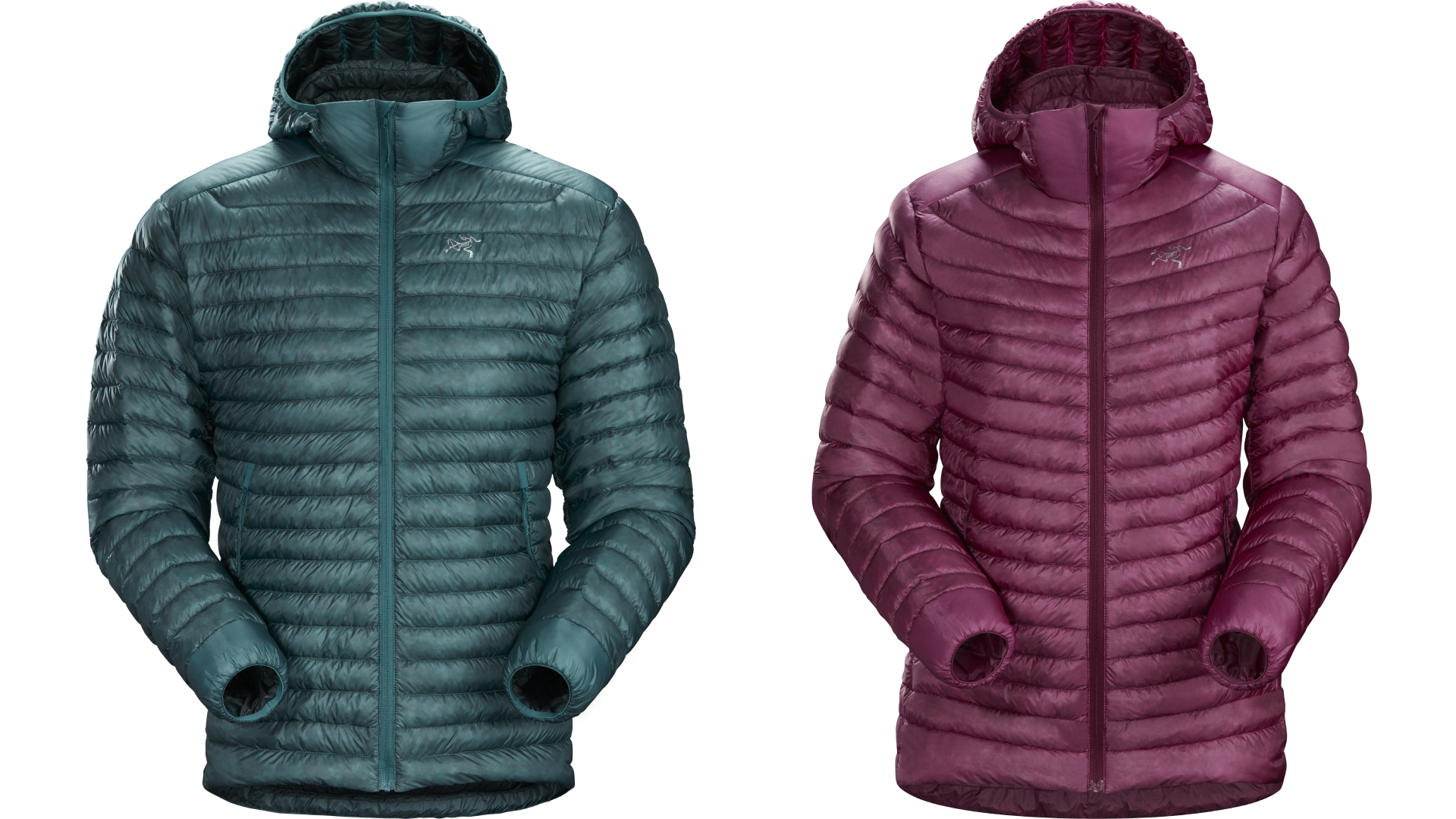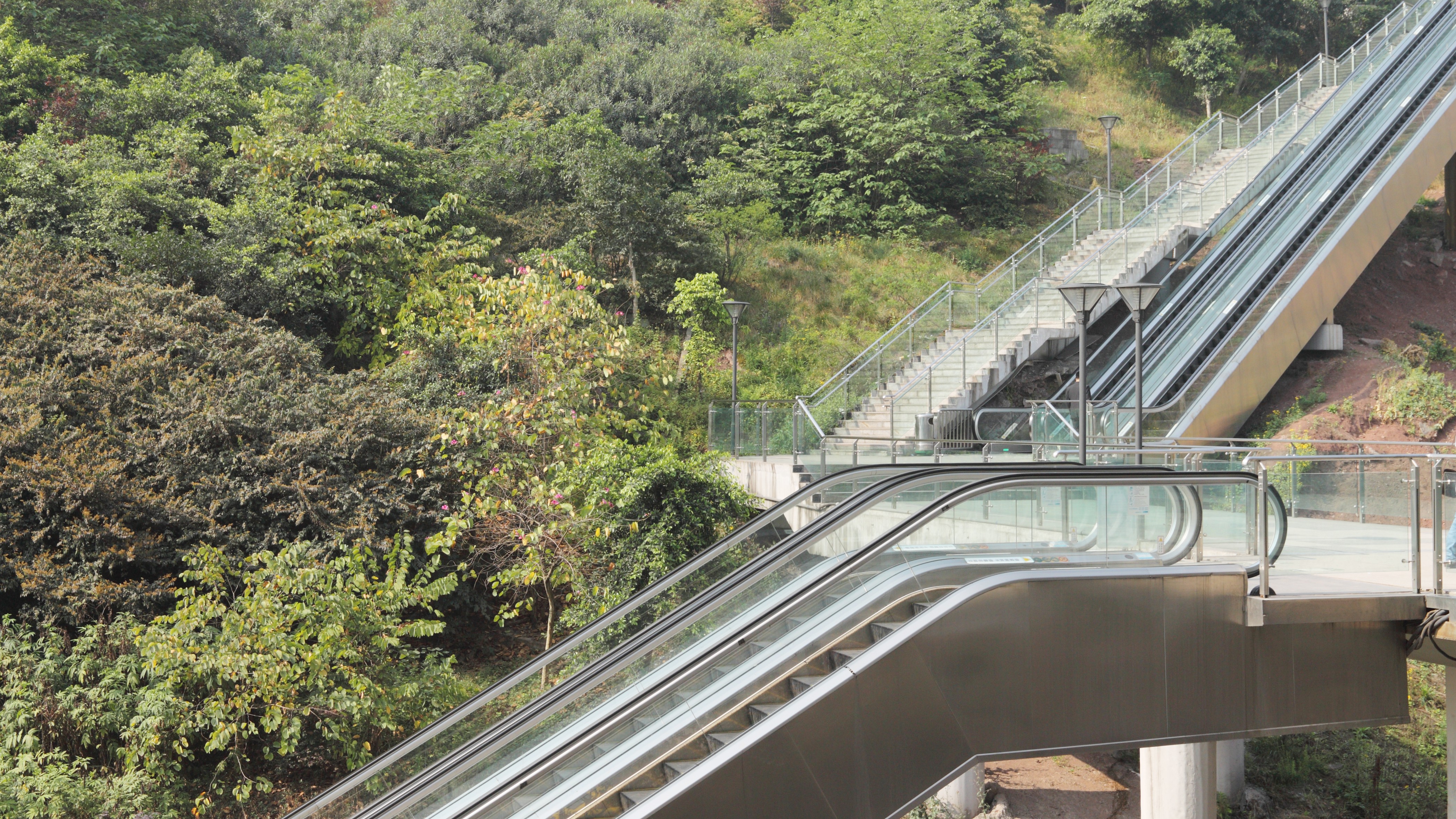Advnture Verdict
A jacket for specialists – particularly minimalists – the Arc’teryx Cerium SL Hoody is very light and extremely easy to pack and carry around. It needs to be looked after carefully, and won’t suit the more rough-and-tumble adventurer, but used as intended, it’s a smart piece of kit.
Pros
- +
Superlight and incredibly packable
- +
Premium 850FP down delivers superb warmth for weight
- +
Trim, streamlined fit provides excellent coverage
Cons
- -
Not intended for very cold conditions
- -
Some users have found the zipper to be fragile
- -
Ultralight 7-denier nylon face fabric can be punctured and shredded fairly easily
You can trust Advnture
First impressions
The Arc’teryx Cerium SL Hoody is the lightest and most packable down layer in the Arc’teryx range, and its commitment to functional minimalism is absolute. The result is a piece that weighs under 250g – the same as most ultralight half-zip down sweaters and pullovers – yet the 850FP down delivers exceptional warmth for weight while including a full zip, two zipped hand pockets plus an adjustable hem and hood, all features that you’d only tend to find on jackets weighing at least half as much again.
Those additions give the Cerium SL considerably more versatility, making it suitable for use as an outer layer in milder and calmer weather as well as a superb insulating midlayer when worn beneath a shell.
• RRP: £300 (UK) / $360 (US) /€340 (EU)
• Fill: 850-Fill-Power down
• Sizes (men's): S–XXL
• Sizes (women's): XS–XL
• Weight (men's size M): 215g/7.6oz
• Colours (men's): Black / Paradigm / Hyperspace/ Pegasus
• Colours (women’s): Black / Paradigm / Hyperspace/ Pegasus / Dakini / Astral
- Our guide to the best down jackets and puffers outlines the competition
- Down vs synthetic insulation: the pros and cons of both
- Knowing how to look after a down jacket will make it last much longer
In the field
When packed away, the Arc’teryx Cerium SL Hoody is tiny. It compresses to such a compact size that you’ll hardly notice its weight or bulk in a pack, yet when used as a standalone for rest breaks, evenings at camp, or even emergency bivvies it still managed to deliver a noticeable and very welcome boost of warmth. The 7-denier nylon shell is very thin, almost translucent, but it is surprisingly wind-resistant.
It would be easy to shred it without too much trouble though, and you’d be foolish to subject this ultralight piece to the same stresses as a standard layer. We found ourselves treating it far more carefully than we would most of our outdoor kit. Nor does it stand up to more than very fine drizzle, despite a DWR- treated face fabric. In more testing conditions it quickly wets out, rendering it pretty much useless.
But when looked after a little and used as intended, it is a brilliant insulator that punches way above its minuscule weight. There’s no denying it is a specialist garment for niche applications, and we found ourselves wondering about when we’d realistically use it. But even if it wasn’t quite right for us, it would be perfect for some. So, if you’re a committed ultralighter who is after a featherweight down midlayer that will also work as an extra layer for chilly stop/start days in the mountains, there are few better options out there. Whether you can afford it of course, is a different matter, because this is a premium layer from a premium brand, with a premium price tag to match.
An outdoors writer and editor, Matt Jones has been testing kit in the field for nearly a decade. Having worked for both the Ramblers and the Scouts, he knows one or two things about walking and camping, and loves all things adventure, particularly long-distance backpacking, wild camping and climbing mountains – especially in Wales. He’s based in Snowdonia and last year thru-hiked the Cambrian Way, which runs for 298 miles from Cardiff to Conwy, with a total ascent of 73,700 feet – that’s nearly 2½ times the height of Everest. Follow Matt on Instagram and Twitter.


